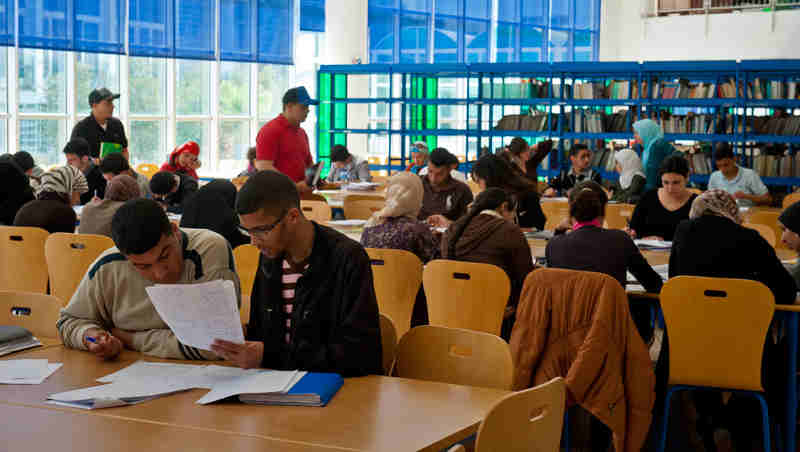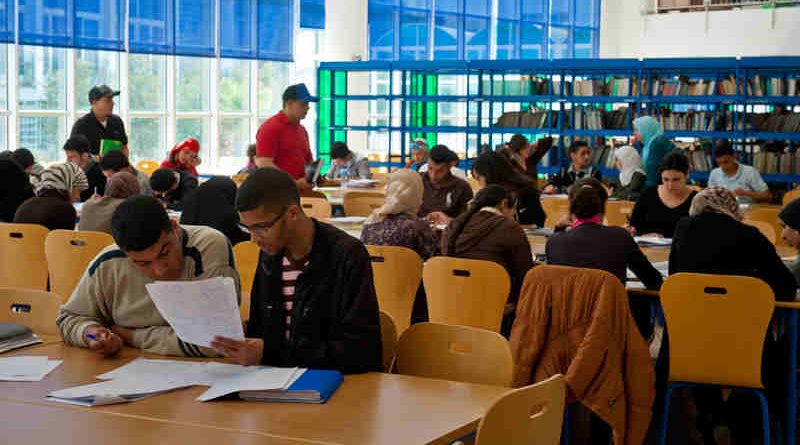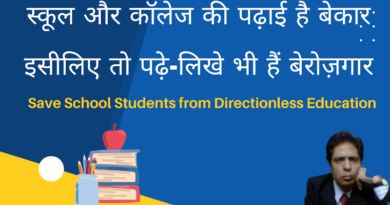Governments Not Keeping Pace with Demand for Higher Education: UNESCO

A new policy paper from the Global Education Monitoring (GEM) Report and the International Institute for Educational Planning (IIEP) at UNESCO shows that the number of university level students doubled to 207 million between 2000 and 2014.
Governments are struggling to keep pace with rapidly rising demand and large disparities in access, with a large cost of higher education often falling to families, many of whom cannot afford it.
The new paper, Six ways to ensure higher education leaves no one behind, sets out a series of measures to make higher education more equitable and affordable, including to ensure that student loan repayments do not exceed 15% of a student’s monthly income. Anything more threatens to leave the disadvantaged behind.
“By creating and transmitting vital knowledge, skills and core values, higher education is a cornerstone for achieving the Sustainable Development Goals,” said Irina Bokova, Director-General of UNESCO.
“Demand for higher education is going to continue rising. Governments must respond by introducing a range of new policies that will ensure expansion doesn’t leave the marginalised behind, and that access is based on merit, not privilege.”
Analyzing global trends, the paper also shows that only 1% of the poorest students have spent more than four years in higher education, compared to 20% of the richest.
In South Africa, around one-sixth of blacks and coloreds attended higher education in 2013, compared to over 50% of whites. Similarly, in Mexico, less than 1% of the indigenous population attend higher education. In China, youth from rural areas are seven times less likely to attend university than students from urban areas.
Access to higher education has expanded most rapidly in wealthier countries: Only 8% of young adults are enrolled on average in the poorest countries, compared to 74% in the richest countries. The greatest gender disparities are found among the poorest countries as well. Women made up only 30% of bachelor students in low-income countries in 2014.
“In certain countries with deeply rooted social inequities, affirmative action through quota or bonus systems may be necessary to expand access to underrepresented groups, even if these mechanisms are controversial,” says Suzanne Grant Lewis, director of the IIEP.
Private colleges and universities have expanded to cater to the growing pool of students, enrolling 30% of all students worldwide, rising to 50% in Latin America.
Governments can’t keep pace financially with this expansion and families are left with the tab. Across 26 countries in Europe, households paid for 15% of the cost of higher education in 2011. In other high-income countries, household expenditures were even higher: 40% in Australia, 46% in the USA, 52% in Japan, and 55% in Chile.
UNESCO, the only UN organization with responsibility for higher education, advises governments to use a combination of policies aimed at helping the disadvantaged, such as low tuition fees, need-based scholarships and loans repayments adjusted according to income, to help families manage the costs.
The paper released Thursday draws on a range of examples to show how different countries are expanding and diversifying higher education offerings to achieve greater equity.






